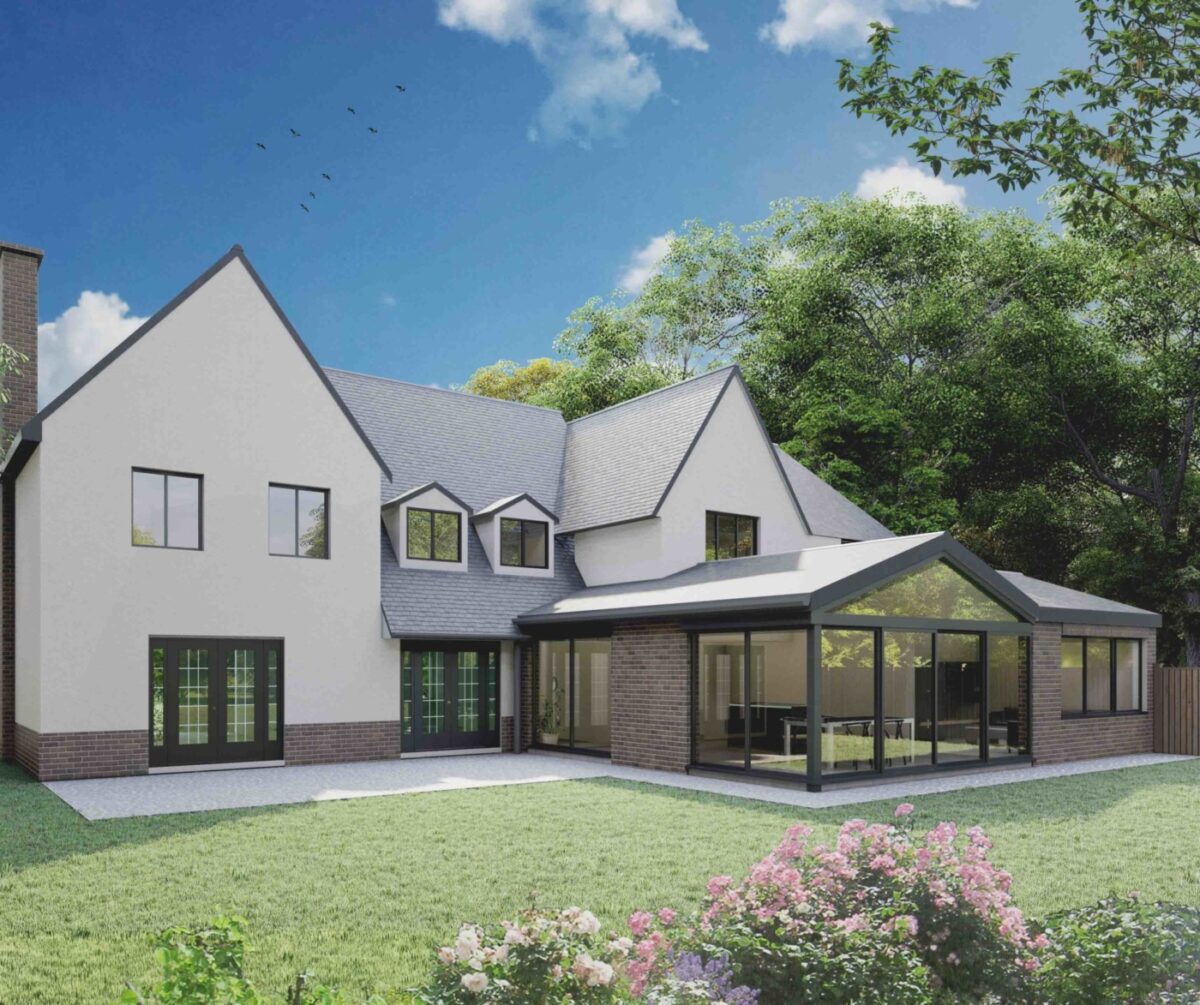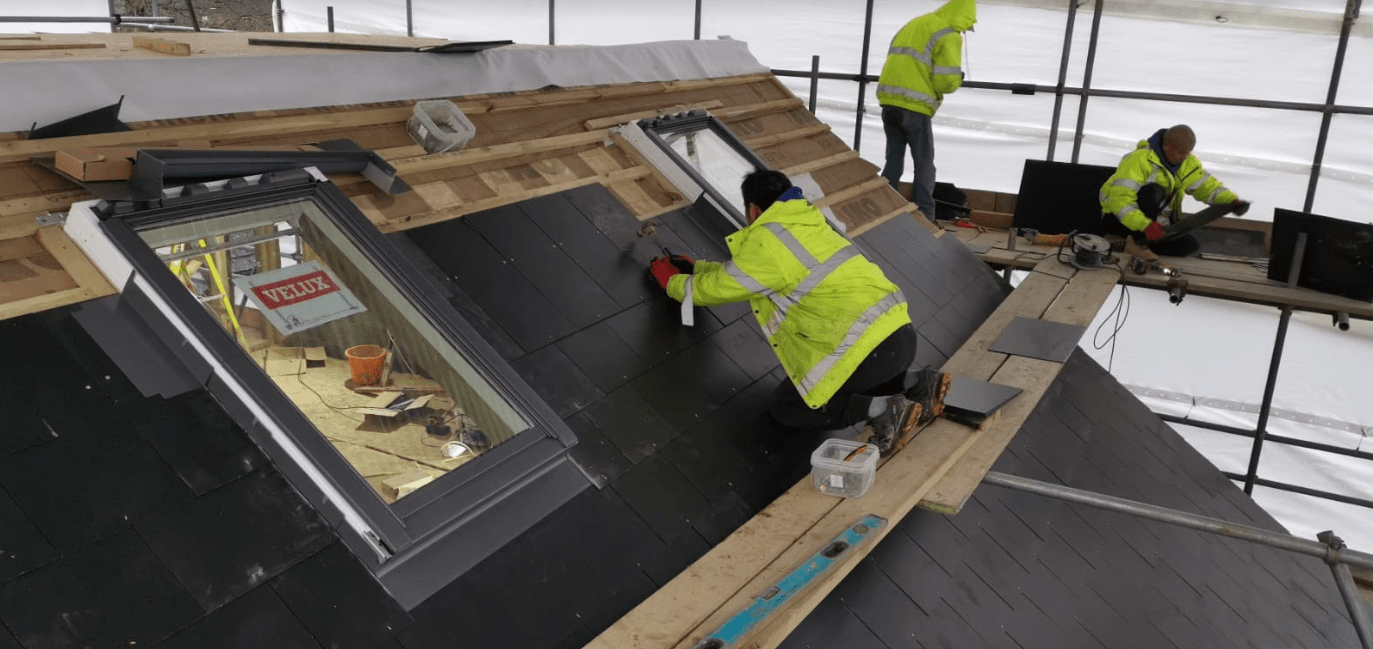
Welcome to the ultimate guide on dormer loft conversion costs! Whether you’re looking to add extra living space, create a home office, or increase the value of your property, a dormer loft conversion can be a fantastic investment. However, it’s essential to understand the costs involved before diving into the project.
This comprehensive breakdown will provide all the information you need about the expenses associated with dormer loft conversions. We’ve covered you, from design and planning fees to construction and finishing costs. We’ll also explore the factors that can influence the overall price, such as the size and complexity of the conversion, materials used, and location.
Knowing the costs upfront can help you budget effectively and avoid any surprises along the way. With our expert insights and practical tips, you’ll be well-equipped to make informed decisions throughout the conversion process. Get ready to transform your under-utilized loft into a stunning and functional space that adds value to your home!
So, let’s dive in and unravel the mysteries of dormer loft conversion costs together.
Factors that affect dormer loft conversion costs
Several factors come into play when it comes to dormer loft conversion costs. Understanding these factors can help you estimate the overall expenses and plan your budget accordingly. Here are the key elements that can influence the cost of your dormer loft conversion:
- Size and complexity of the conversion: The length of your loft and the complexity of the conversion will significantly impact the overall cost. A more enormous loft will require more materials and labour, increasing expenses. Similarly, if your loft requires structural alterations or extensive plumbing and electrical work, the costs will increase accordingly.
- Materials used: The choice of materials can also affect the cost of your dormer loft conversion. Opting for high-quality and durable materials may be more expensive upfront, but they can save you money in the long run by reducing maintenance and repair costs. Discussing various material options with your contractor can help you find the right balance between cost and quality.
- Location: Your property’s location can influence the cost of converting a dormer loft. Materials and labour prices can vary depending on the region, so it’s essential to consider the local market rates. Additionally, some areas may have specific regulations or planning restrictions that can affect the overall cost of the conversion.
Considering these factors can give you a rough estimate of the expenses involved in your dormer loft conversion. However, consulting with a professional contractor or architect is crucial to getting an accurate cost assessment based on your specific requirements and circumstances.
Average cost breakdown of a dormer loft conversion
Now that we’ve discussed the factors influencing dormer loft conversion costs let’s dive into a breakdown of the average expenses involved. Remember that these figures are estimates and can vary depending on various factors mentioned earlier.
- Design and planning fees: Before starting the conversion, you’ll need to hire an architect or a designer to create detailed plans and obtain the necessary planning permissions. Depending on the project’s complexity, design and planning fees typically range from 5% to 15% of the total conversion cost.
- Construction costs: The construction phase includes all the labour and materials required to convert your loft into a dormer. On average, dormer loft conversions can cost between $20,000 to $60,000. However, this figure can increase significantly based on the size and complexity of the conversion.
- Roofing and insulation: As dormer loft conversions involve altering the roof structure, roofing and insulation costs are essential to the overall expenses. The cost of roofing materials, such as tiles or slates, can vary depending on the quality and style you choose. Insulation is crucial to ensure energy efficiency and comfortable living conditions, and the cost will depend on the type and thickness of insulation required.
- Windows and doors: Dormer loft conversions often involve the installation of new windows and doors to maximise natural light and ventilation. The cost of windows and doors will depend on the size, quality, and style you choose. It’s worth investing in energy-efficient windows and doors to save on heating and cooling costs in the long run.
- Electrical and plumbing work: Electrical and plumbing work will be necessary if your dormer loft conversion includes additional rooms or a bathroom. The cost of electrical and plumbing installations will depend on the complexity and extent of the work required. Hiring licensed professionals for these tasks is crucial to ensure safety and compliance with building regulations.
- Finishing touches: Finally, budget for the finishing touches that will make your new loft space feel like home. These may include flooring, painting, lighting fixtures, and other decorative elements. The cost of finishing touches can vary widely depending on your preferences and the quality of materials you choose.
By understanding the average cost breakdown of a dormer loft conversion, you can plan your budget effectively and avoid any financial surprises. However, it’s essential to remember that these figures are estimates, and consulting with professionals is crucial for accurate cost assessments.

Additional costs to consider for a dormer loft conversion
In addition to the main expenses discussed earlier, there are a few additional costs that you should consider when planning a dormer loft conversion. These costs may not be directly related to the construction process but are essential for a successful conversion. Here are some additional expenses to keep in mind:
- Architectural fees: While design and planning fees were mentioned earlier, it’s worth noting that architectural fees can be an additional cost. If your dormer loft conversion requires structural alterations or complex designs, you may need to hire a structural engineer or architect to ensure the stability and safety of the project.
- Building regulations and permissions: Depending on your location, you may need approval for and permissions for building rules before starting the conversion. These fees can vary depending on the region and the project’s complexity. It’s crucial to check with your local authorities and factor in these costs when budgeting for your dormer loft conversion.
- Temporary accommodation: Depending on the scale of your dormer loft conversion, you may need to move out of your home during construction temporarily. Renting temporary accommodation or staying with family or friends can be an additional cost to consider. Planning for temporary accommodation in your budget will ensure a smoother transition during the conversion process.
- Furniture and furnishings: Once your dormer loft conversion is complete, you’ll need to furnish the space to make it functional and comfortable. The cost of furniture and furnishings can vary widely depending on your preferences and the quality of the items you choose. It’s advisable to factor in these costs when planning your budget to avoid any financial strain after the conversion is finished.
Considering these additional costs alongside the main expenses will give you a more comprehensive understanding of the total investment required for your dormer loft conversion. Proper budgeting and planning will help you avoid financial stress and ensure a successful and stress-free conversion process.
Ways to save money on a dormer loft conversion
While dormer loft conversions can be a significant investment, there are several ways to save money without compromising quality. Here are some practical tips to help you reduce costs during your dormer loft conversion:
- Get multiple quotes: Before hiring a contractor or a construction company, obtaining multiple quotes from different professionals is advisable. Comparing quotes will give you a better understanding of the market rates and allow you to choose the most competitive offer without compromising quality.
- Consider the scale of the conversion: If you’re on a tight budget, consider scaling down the size or complexity of your dormer loft conversion. Opting for a more minor conversion or eliminating certain features can significantly reduce costs. It’s essential to prioritise your needs and make informed decisions based on your budget.
- Reuse and recycle materials: Instead of purchasing brand-new materials, consider reusing or recycling materials wherever possible. Salvaged items like doors, windows, or flooring can add character to your loft space while saving you money. Additionally, purchasing second-hand furniture or repurposing existing items can also help reduce costs.
- DIY where possible: While some tasks, such as electrical and plumbing work, require professional expertise, certain aspects of a dormer loft conversion can be tackled yourself. Painting, basic carpentry, or minor installations can be DIY projects that save labour costs. However, having the necessary skills and knowledge to ensure quality workmanship and safety is crucial.
- Plan: Proper planning is crucial for a successful and cost-effective dormer loft conversion. You can avoid any last-minute changes or additional expenses by clearly defining your goals and requirements. Planning also allows you to take advantage of sales, discounts, or promotions on materials or furnishings, further reducing costs.
These money-saving tips can make your dormer loft conversion more affordable without compromising quality or aesthetics. However, it’s essential to strike a balance and consult with professionals when necessary to ensure that the conversion meets all safety and regulatory standards.
Conclusion
A dormer loft conversion can transform your under-utilized loft into a valuable and functional space. Understanding the costs involved is crucial for effective budgeting and successful project management. By considering the factors that affect dormer loft conversion costs, breaking down the average expenses, factoring in additional costs, and exploring money-saving tips, you’ll be well-equipped to embark on your conversion journey.
Remember to consult with professionals, such as architects, contractors, and designers, for accurate cost assessments based on your specific requirements. With careful planning, smart decision-making, and a well-executed dormer loft conversion, you can enjoy the benefits of additional living space, increased property value, and a more comfortable and stylish home. Happy converting!
